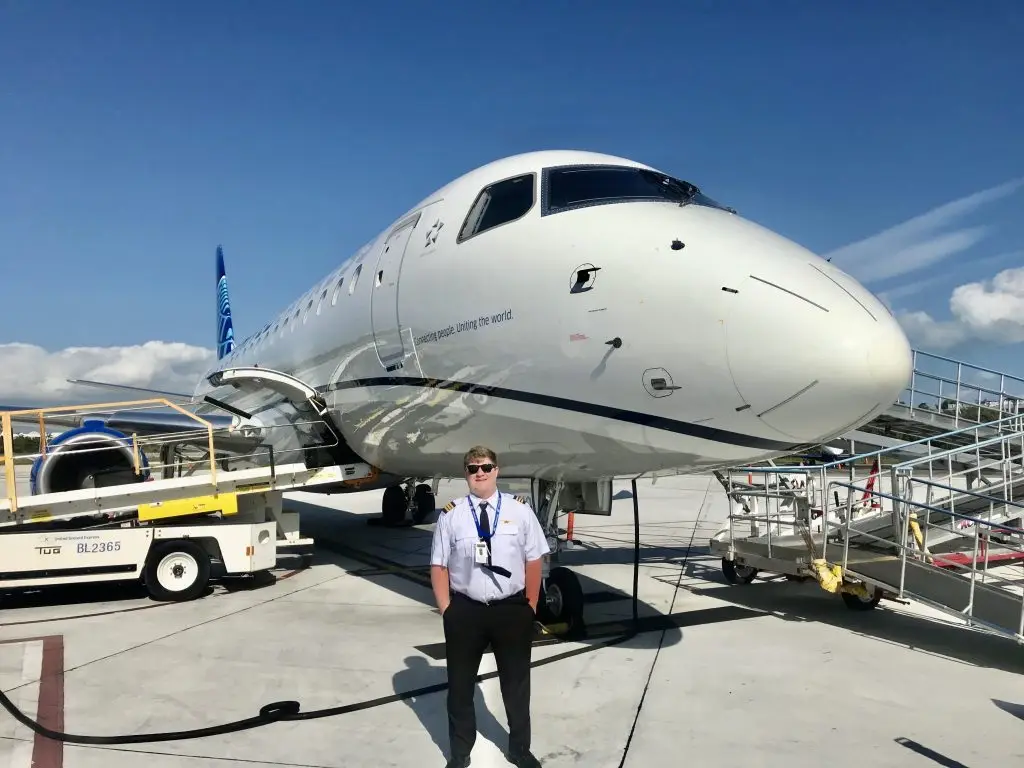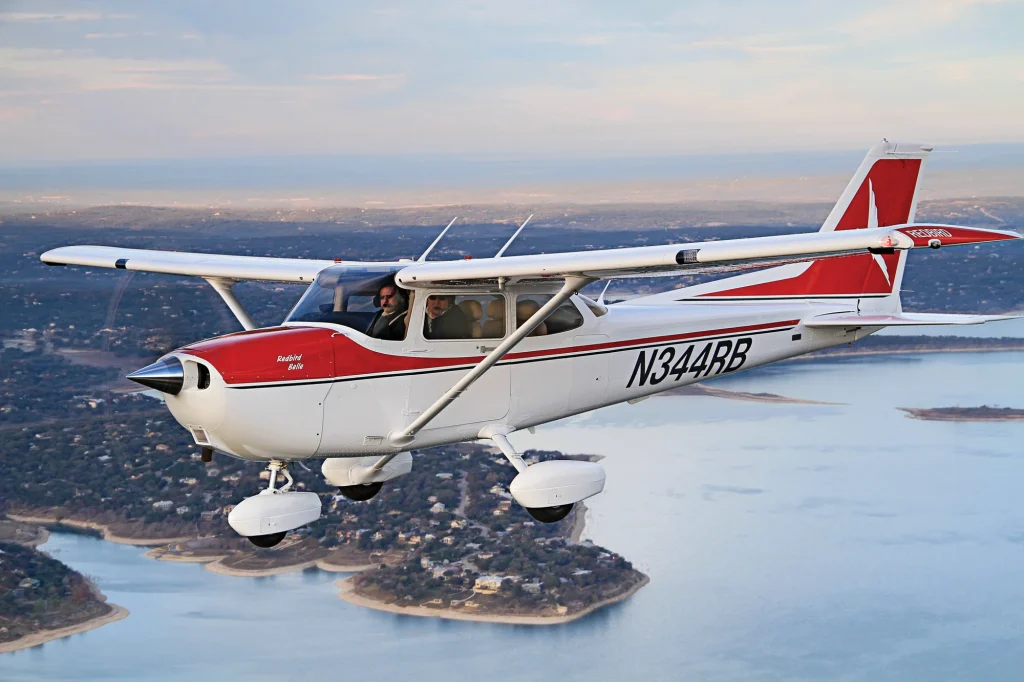
Welcome to this week’s edition of “Clearance to Fly.” In the aviation world, insurance cycles mirror the broader industry’s ups and downs. After years of climbing premiums and tightening underwriting standards, the market is finally showing signs of stabilization. This shift creates opportunities for aircraft owners and buyers to secure more favorable terms, but requires understanding the complex factors that influence aviation insurance
Understanding the Current Insurance Landscape
The upward trajectory of aviation insurance rates has flattened, with premium increases on most policies now roughly tracking inflation. This welcome stabilization stems primarily from abundant capacity in both primary insurance and secondary reinsurance markets. Despite persistent increases in aircraft repair costs and concerning trends in liability claims with outsized jury verdicts, the market has attracted new investment.
In the past year alone, four new aviation insurance providers have entered the domestic U.S. market. These new entrants are creating competitive pressure on all aviation insurers to moderate rate increases and offer greater flexibility, particularly for what underwriters term their most “desirable risks.”
Key Factors Affecting Your Insurance Premiums
Many variables influence aviation insurance pricing, making it difficult to generalize costs even for specific aircraft models. Beyond the aircraft’s use (commercial operations cost more than pleasure and non-commercial business use), pilot qualifications often drive the greatest variability in insurance costs.
Pilot Factors
Insurers scrutinize:
- Pilot age (with higher rates for those over 70)
- Ratings and certifications
- Total time logged in all aircraft
- Make/model specific experience
- Hours flown in the past 12 months
- Prior accidents, FAA violations, or DUI convictions
Factors that lead to higher rates or potential coverage denials include high-time student pilots, pilots with no make/model time, senior pilots over 70, pilots with minimal recent flight hours, and any recent claims activity.
One certification that consistently improves premium rates is an instrument rating. Even if your aircraft isn’t IFR-equipped or you never intend to fly in IMC conditions, underwriters value the training experience, believing it better prepares pilots to handle inadvertent flights into IMC—the most common cause of spatial disorientation accidents.
Aircraft Considerations
The type and value of your aircraft significantly impact insurance costs. Basic, two- to four-seat, non-high performance, fixed-gear, single-engine aircraft typically command the lowest premiums. Additional complexity—retractable gear, floats, tailwheels, more seats, additional engines, or higher horsepower—increases baseline costs, as does any aircraft not under standard airworthiness certification.
Hull coverage typically accounts for 70-85% of the total premium, so insurance costs for identical makes and models can vary dramatically if hull values differ substantially.
Storage and Location
How and where you store your aircraft matters. While tied-down aircraft exposed to weather elements often incur slightly higher premiums than hangared aircraft, the greater concern is that many insurers simply won’t provide quotes for aircraft above certain hull values kept outside.
Strategies to Secure Better Insurance Terms
Beyond manipulating the variables above, several proactive measures can help aircraft owners reduce costs:
Training and Experience
Model-specific training and experience significantly impact premiums, especially for high-value or turbine aircraft. If transitioning to a new model, obtaining training and logging make/model time in someone else’s aircraft before purchasing yours will improve insurance outcomes, particularly if you accumulate enough hours to move beyond the “transition pilot” category.
Some insurers offer additional discounts for experienced pilots who attend make/model specific refresher courses, often available through owners’ associations or manufacturer-certified training centers.
Leverage Available Discounts
Completion of an FAA WINGS Pilot Proficiency Program phase can earn small discounts with certain insurers, as can membership in aviation associations like AOPA or EAA.
Deductible Considerations
While many owners ask about higher hull deductibles to reduce premiums, aviation insurance differs from auto and homeowners insurance in this regard. Since aircraft rarely experience small “fender bender” claims, insurers typically offer minimal premium relief for higher deductibles.
For owners willing to assume more risk and without loans on their aircraft, forgoing hull insurance altogether will substantially reduce premiums while maintaining protection against potentially catastrophic liability claims.
Setting Appropriate Coverage Levels
Hull Value Determination
Aviation insurers offer “agreed value” hull coverage, meaning both parties agree in advance on the aircraft’s value for claim settlement purposes. This differs from auto insurance, which typically pays market value determined at the time of loss.
While agreed value coverage provides certainty, setting hull values too high or too low creates risks. Excessive values may lead insurers to repair extensively damaged aircraft that owners might prefer to replace, while insufficient values could result in total loss declarations for repairable damage, leaving owners with inadequate funds to replace their aircraft.
Aircraft Bluebook, VREF Aircraft Value Reference, or professional appraisals can help determine appropriate market values. Periodic reassessment is essential, especially following significant upgrades to engines, airframes, paint, or avionics.
Liability Limits
Determining appropriate liability limits presents greater challenges than hull values. For lower-time, non-instrument-rated pilots or certain aircraft models, underwriters may simplify this decision by offering limited options—perhaps just $1,000,000 with a $100,000 per passenger sublimit.
Aircraft age significantly impacts available liability limits. For aircraft older than 25 years, $10 million might be standard, with some underwriters unwilling to exceed $5 million for certain models. Newer aircraft under 25 years old can secure limits exceeding $100 million, with some insurers approving up to $400-500 million for newer, larger business aircraft operated by two-pilot crews.
When selecting liability coverage, consider “smooth” liability limits versus those with “per person” or “per passenger” sublimits. A per person sublimit restricts coverage for claims from any individual (inside or outside the aircraft), while per passenger sublimits apply only to individuals riding in your plane. Though more expensive, smooth liability limits offer better protection against the most common high-dollar liability claims.
Engaging with Aviation Insurance Brokers
Navigating the intricate world of aviation insurance can be overwhelming for aircraft owners, especially compared to relying on a general insurance broker. This domain calls for specialists who understand its unique intricacies. Directly engaging with an aviation insurance agency is often more beneficial, as these agencies possess the specialized knowledge required to handle your specific needs—far exceeding what a general broker may offer, even with an established relationship in other areas.
Most aviation insurance agencies have access to the same pool of insurers, with carriers typically permitting only one broker to represent an aircraft owner at a time. Instead of reaching out to multiple brokers, which could inadvertently complicate your standing with underwriters, it’s wiser to interview several aviation insurance specialists. Choose one based on their industry expertise, attentiveness, and relationships with underwriters.
It’s advantageous to work with a firm that assigns a dedicated professional or a small team to your account. This personalized service ensures a robust understanding of your needs and keeps you informed about market trends, which helps navigate the fluctuations of both hard and soft markets efficiently.
For those seeking recommendations on financing, FLYING Finance is an excellent resource. We’re ready to assist, ensuring you have access to both financial guidance and insurance expertise when needed, helping you make informed decisions in managing your assets.
The Value of Long-Term Relationships
While accepting the lowest premium quote might seem financially prudent, strategic long-term relationships with insurers often yield greater benefits. When claims arise, long-standing clients typically experience smoother, faster, and more favorable claim resolutions—sometimes even covering expenses technically outside policy terms.
Over time, established relationships also enable brokers to negotiate higher liability limits and additional coverages (like rental engines, spare parts, and required aircraft chartering) at minimal cost.
By understanding these fundamentals of aircraft insurance and implementing strategic approaches to coverage, aircraft owners and buyers can navigate the market more effectively, securing appropriate protection while managing costs in today’s evolving insurance landscape.

Keller Laseter, Chief Commercial Officer, FLYING Finance
Bringing over 10 years of aviation experience and multiple years in finance, Keller Laseter combines both of those skills to be FLYING Finance’s CCO. His leading knowledge in all categories and classes of fixed wing aircraft helps guide you through the finance process with ease and will leave you knowing you’re in great hands. Keller holds type ratings in the Beechjet 400A/XP/NXT, Embraer E-175 and has many hours in King Airs, along with other high-performance aircraft. Throughout his career, he’s had the opportunity to enjoy the world of aviation and many different operations. As an ATP, CFI, and CFII, aviation is in his blood.


